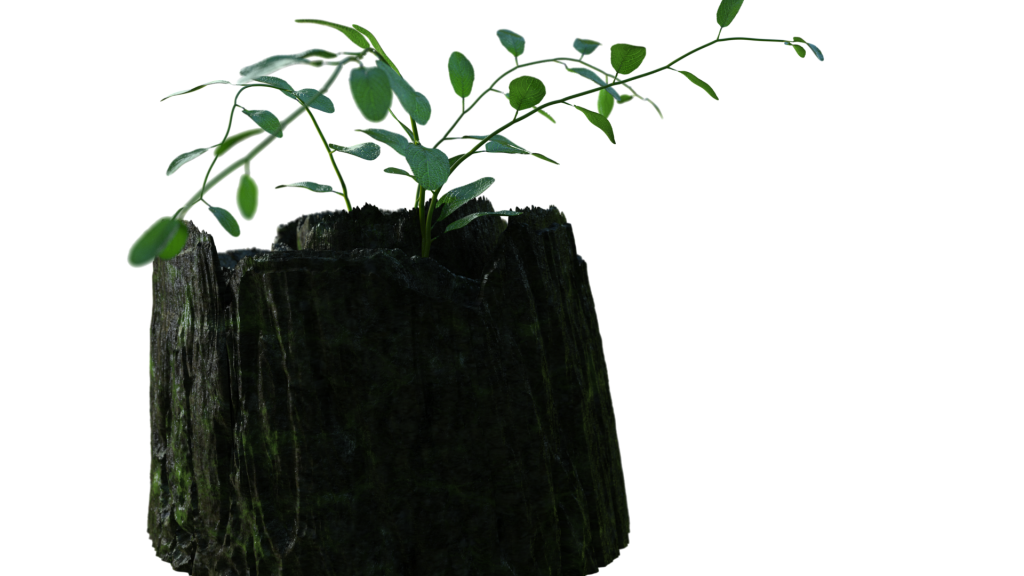Houdini
The rainy forest cinemagraph, Part 2
Continued from the previous post.
Part 2 here is all about the hero plant, which was by far the most time-consuming part of this whole process. The animation ended up being done primarily using FEM, which in retrospect was probably overkill. If I were to try this again, I’d probably try to build a more procedural system involving IK chains with maybe a layer of simple soft body dynamics on top to add springiness. Going the FEM route meant that each iteration took about 30 minutes to simulate, which adds up pretty fast. There are some neat little shortcuts elsewhere in the process, though, that hopefully some readers will find useful.
The hero plant
I am a masochist so I again started with L-systems to create the basic plant structure. L-systems are one of those things that start very simple and quickly build in complexity until they’re totally unreadable, so you generally want to keep notes of what the rules are actually doing as you build them. Of course, the notes from the original .HIP file that I posted are outdated, as they apply to an older version of the plant, so if you’ve already checked out the .HIP you may want to read these more accurate notes.
Here’s what the rules look like:
